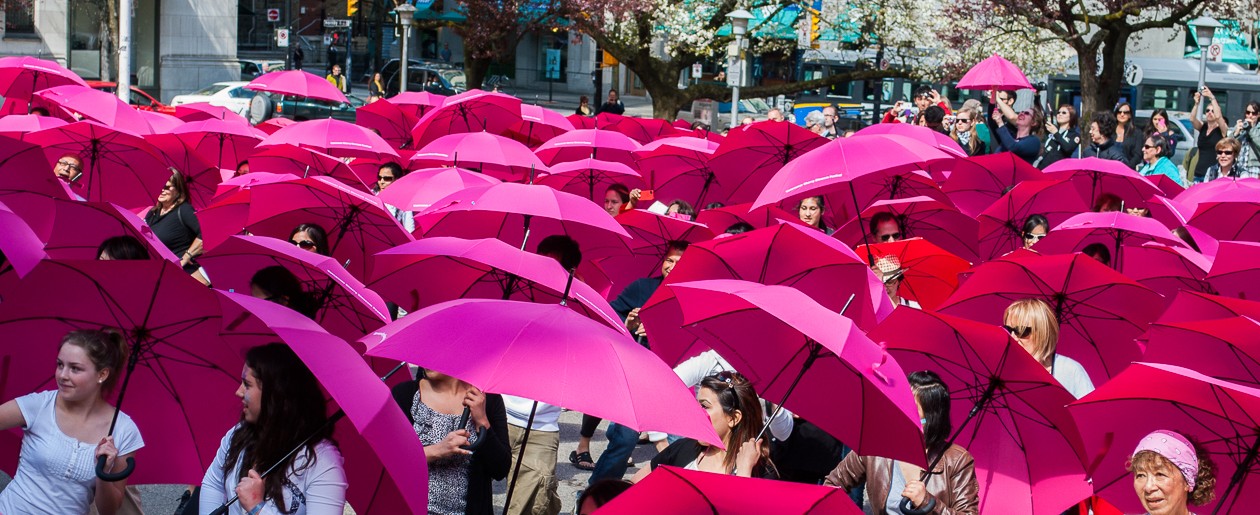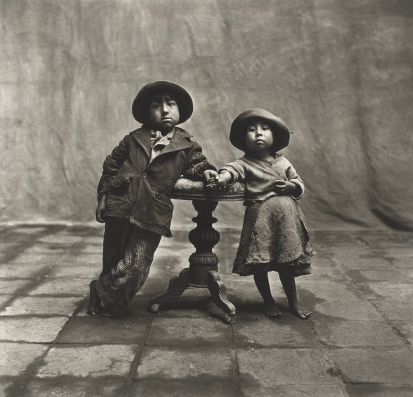I reviewed Hans Eijkelboom’s work while working on Assignment 1 for this module. My review can be seen here. However, I mainly looked at his typology work so will look briefly at the With My Family and In de Krant series.

For In de Krant (which means “in the newspaper”) Eijkelboom stalked or tracked a press photographer for ten consecutive days and managed to insinuate himself into the background of each photograph. Seen individually the photographs would probably mean nothing, but together they make up a rather mischievous collection of photobombing. Eijkelboom is photographed in the background of various scenes: student demonstration, accidents, etc. As Eric Kessels (Aperture, n.d.) states “It was a performance that was recorded, daily and accidentally, by someone who did not know what was going on.”

For the With My Family series Eijkelboom approached four different households after the husband had left for work and persuaded the wives to allow him to pose in a family portrait with their children in place of their real father. Somehow Eijkelboom looks as if he belongs in the portrait. One review I read states that these are his neighbours which might explain the obvious comfort level the women and children display.
“Hans Eijkelboom similarly questions photography’s anodyne tendencies in “With My Family” (1973), where he subverts the concept of the saccharine family photo to great effect by inserting himself into his neighbors’ homes to pose with a series of wives and children not his own.”
O’Regan, K (2016)
By substituting himself for the real father, Eijkelboom is questioning the family nucleus and collective identity in a light-hearted manner.

Reference List
Aperture (n.d.) Eric Kessels on Hans Eijkelboom [online] Photobook Review. Aperture. Available at: http://aperture.org/blog/erik-kessels-hans-eijkelboom/ [Accessed 27 November, 2016]
O’Regan, Kirsten (2016) From Fluxus to Selfies, Photographs that Blur the Performantive and the Real [online] Hyperallergic. Available at: http://hyperallergic.com/298539/from-fluxus-to-selfies-photographs-that-blur-the-performative-and-the-real/ [28 November, 2016]



